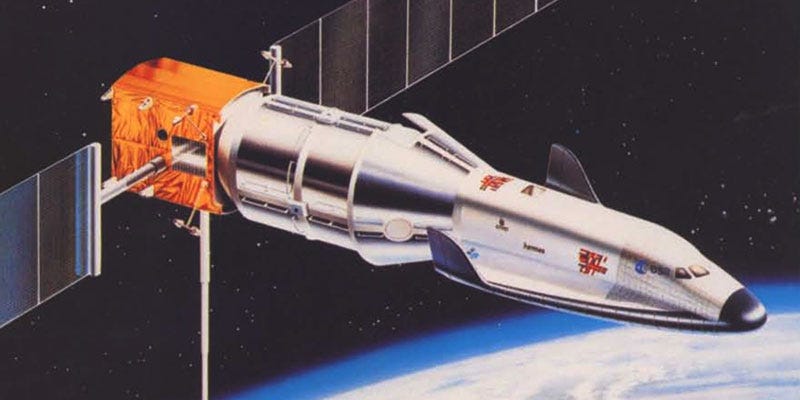MTFF: a blueprint for a European space station
Could this be a path to a sustained European presence in space?
Issue 3.
This month, I have a question for you. After a comment on the last paid newsletter issue, I would like to propose that we allow these exclusive issues of the newsletter to become available to free subscribers after a week or two. You can cast your vote at the end of the newsletter.
To my 14 new paid subscribers, thank you so much for supporting the newsletter. Your support has already started to give me a number of additional avenues for research that I previously could not justify. These new avenues are already improving the newsletter.
Is MTFF a blueprint for a European space station
Today, ESA’s Columbus programme is a small element of the larger International Space Station (ISS) project. The Columbus module was launched aboard the Space Shuttle Atlantis on 7 February 2008 and attached to the station four days later. It is one of several science facilities aboard the ISS. When the Columbus programme was first introduced, however, the ISS module was just one of three elements ESA proposed. The other two elements were the uncrewed Polar Platform and the Man-Tended Free Flyer (MTFF).
The MTFF was proposed as an independent European presence in low Earth orbit. It would allow European scientists and astronauts to run microgravity experiments outside the requirements of the complex international partnership that is the ISS. It could also be utilised as a building block for a future European Space Station.
Keep reading with a 7-day free trial
Subscribe to Europe in Space to keep reading this post and get 7 days of free access to the full post archives.




